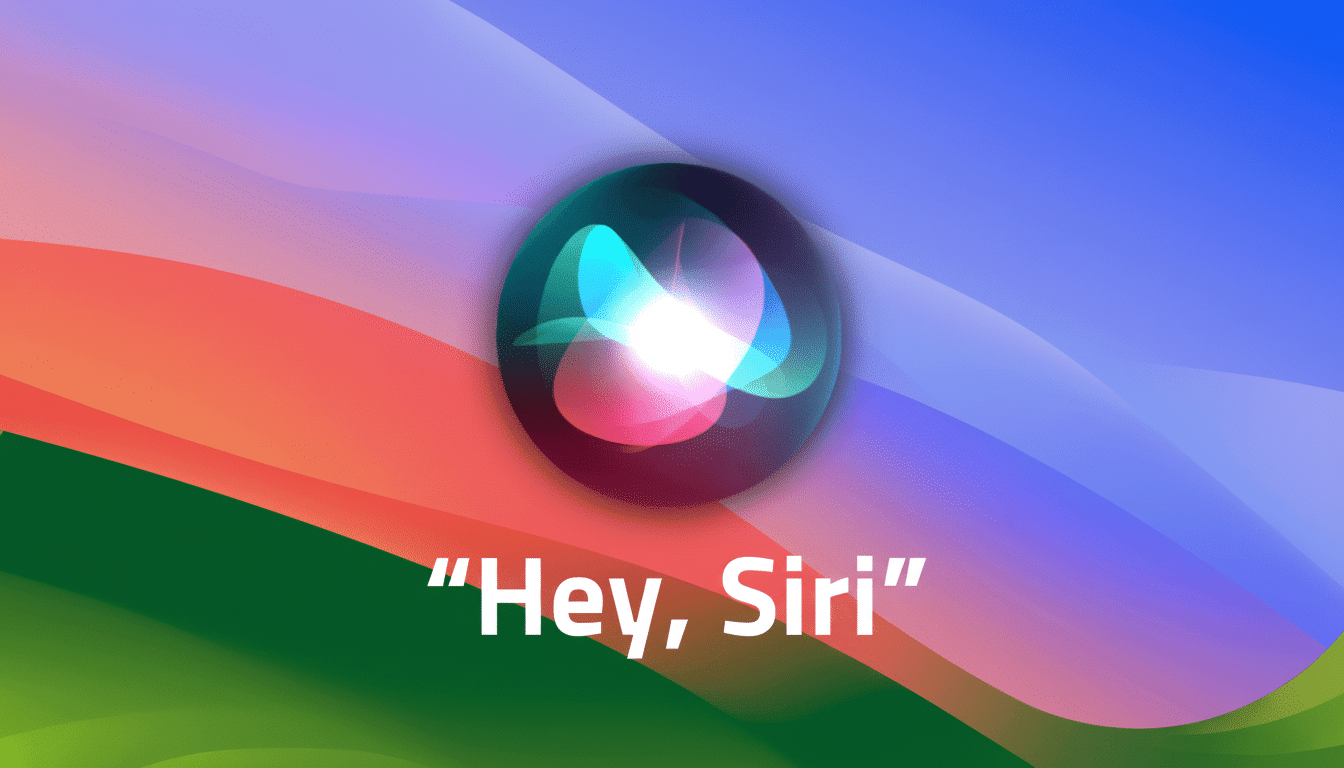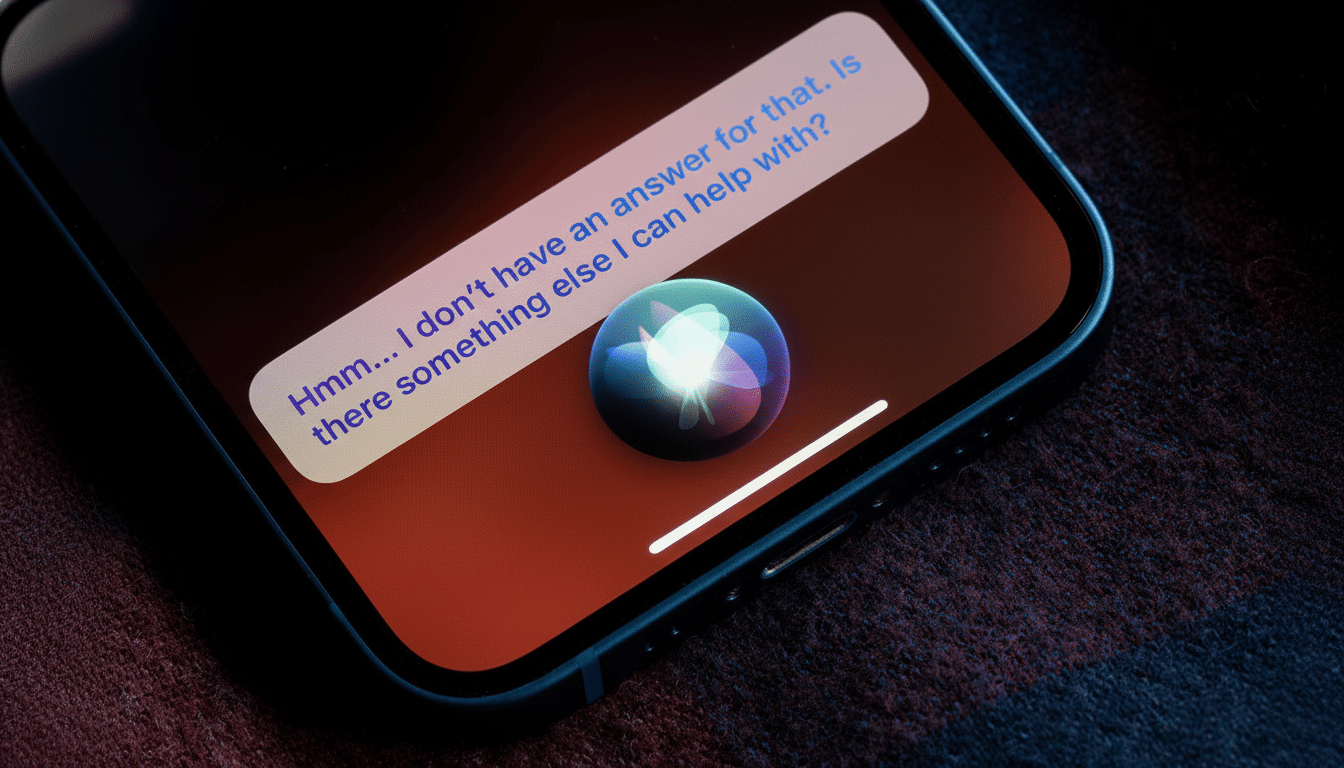Apple has lost another senior leader working on artificial intelligence to Meta, as Ke Yang, who was leading the iPhone maker’s AI-driven web search efforts until recently, joined the social media giant, Bloomberg reported. The departure adds to a string of high-profile exits from Apple’s AI and machine learning group over the last several months and increases pressure on the company as it seeks to build a more advanced Siri.
Why This Exit Matters for Siri and Search
Yang had been running Apple’s Answers, Knowledge, and Information team — a unit formed to extend Siri’s capacity to fetch correct responses from the web in a timely manner. That power is at the heart of Apple’s vision for how it will make Siri a contender against next-generation A.I. assistants as well as search experiences like OpenAI, Perplexity and Google. Bleeding the kind of lead figure responsible for weaving together web-scale data and Apple’s privacy-first architecture is a significant blow.

The departure comes amid other high-profile defections. Ruoming Pang, Apple’s former head of AI models, left for Meta, Bloomberg previously reported, and about a dozen AIML staffers have departed with some joining Meta’s advanced AI efforts. Though Apple has a deep bench under its senior AI executive John Giannandrea, a string of departures in a narrow field such as search and retrieval can slow execution and complicate integration work already underway.
For Apple, web-based answers are not a feature — they’re the foundation of the next version of Siri. As the assistant must increasingly synthesize live web context, personal data from device and app-level actions into a response. Leaders who themselves understand this and the constraints of on-device modeling are not readily replaceable.
Meta’s AI Ambition Is Luring Experts Across Fields
Meta has made it clear that it is working to build cutting-edge models and products, and its hiring reflects that. The company has since launched several Llama releases and integrated its assistant across Instagram, WhatsApp and Messenger, multimodal experiences supported by Ray-Ban smart glasses. That square product surface area makes for an attractive canvas for researchers and builders who want to see their work deployed at massive scale.
Resourcing also matters. Meta leadership has also talked publicly about building one of the largest AI compute fleets in the industry, with hundreds of thousands of high-end GPUs and in-house accelerators like MTIA for inference. And for those with goals focused on retrieval, grounding and large-scale training, abundant compute, wide data access traversal and rapid iteration loops can prove magnetic.
Compensation competition is fierce, too. Compensation data aggregated by Levels.fyi notes that experienced machine learning researchers and staff-level engineers at top-end platforms can command total packages in the mid-six figures to over seven figures, particularly for those who have built production-scale generative AI systems. That market dynamic results in costly retention and more poaching.
Apple’s AI Strategy Hinges on Luring Developers
Apple’s AI roadmap revolves around a hybrid model: very powerful on-device intelligence for privacy, plus private cloud compute operations of heavier/more sensitive workloads. The company has indicated a desire to collaborate with external model partners as it continues to develop its base and domain-specific models. That dual strategy is also pragmatic, but it multiplies the operational complexity — and premium on leaders who can coordinate that.

Deep in the background, Apple is also pouring resources into performance and model compression, necessary to make sophisticated AI features practical on phones, tablets and wearables. This focus is apparent in recent model optimization and inference acquisitions, such as those of startup companies focused on compressed architectures. But for search and knowledge, Apple also needs people in the organization who are deeply versed in web-scale indexing and retrieval-augmented generation, as well as trust-and-safety systems — all places where tech rivals are moving fast.
The more answerable question is whether a velocity of leadership churn meaningfully inhibits the delivery. Apple maintains a record of shipping very difficult, integrated systems on timelines that others would find impossible to meet. That said, AI assistants are peculiarly sensitive to data availability and infrastructure speed and model iteration speed. If Apple follows with more departures, it may have to rely more heavily on external partnerships or acquisitions for momentum.
The Talent Market Beyond the Headlines in AI Hiring
AI skills are clumpy and migratory. Those with experience in retrieval and ranking from search companies are especially in demand among recruiters right now, as are those researchers who can take multimodal models to production. Industry surveys and LinkedIn economic research have indicated a high level of job-switching in AI roles, attributable to aggressive hiring as well as a premium placed on the talents that such employees offer.
That potential fluidity favors companies with deep pockets, visible AI products and plenty of compute. It poses a test to companies that value secrecy and long development cycles, even if it’s those very companies that do ship something polished. The competitive reality: users are now comparing assistants on a daily basis and slight improvements in answer quality can be enough to build loyalty disproportionately.
What to Watch Next in Apple and Meta’s AI Talent Race
Two near-term variables stand out. First, where Meta ends up putting Yang — core model building, retrieval systems, or consumer assistant work — will telegraph how they intend to sharpen their AI search and Q&A experiences. And second, how Apple backfills and stabilizes its AKI effort will be a measure of whether the company can maintain course on planned Siri advances.
Apple still has significant advantages: a huge installed base, deep integration of hardware and services, and a privacy brand that carries weight with consumers. But leadership departures at the heart of its AI push highlight a simple truth of this cycle: talent density, not flashy demos, will dictate who emerges on top in the next stage of consumer AI.

